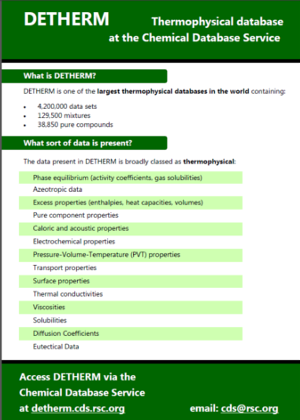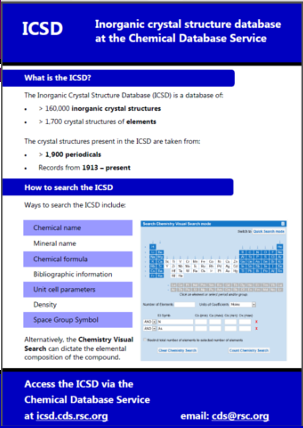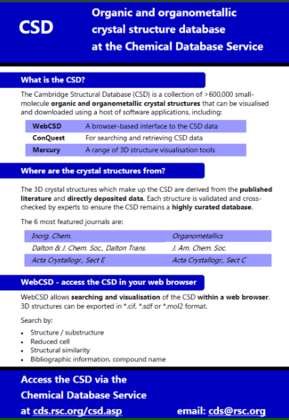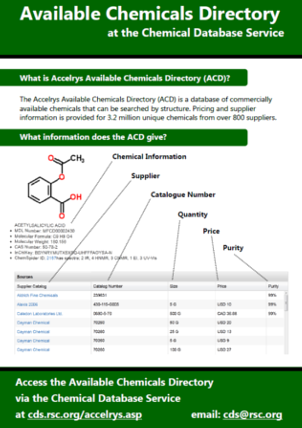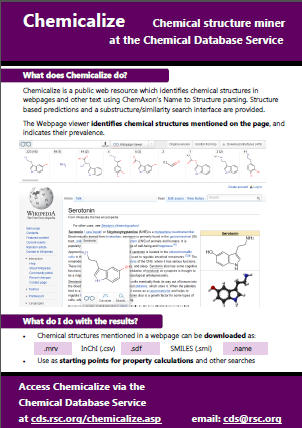Web browser-based National Chemical Database Service resources at http://cds.rsc.org can now be accessed off-campus by logging in using Shibboleth. When accessing NCDS resources off-campus, click “Authenticate with Shibboleth” and then either log in using an Athens Login or choose your academic institution from the UK Federation list.
We hope that Shibboleth access will provide a convenient way for you to access National Chemical Database Service resources from any location.











